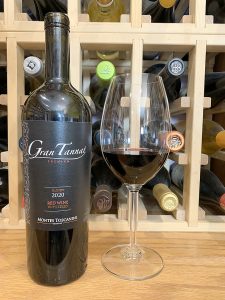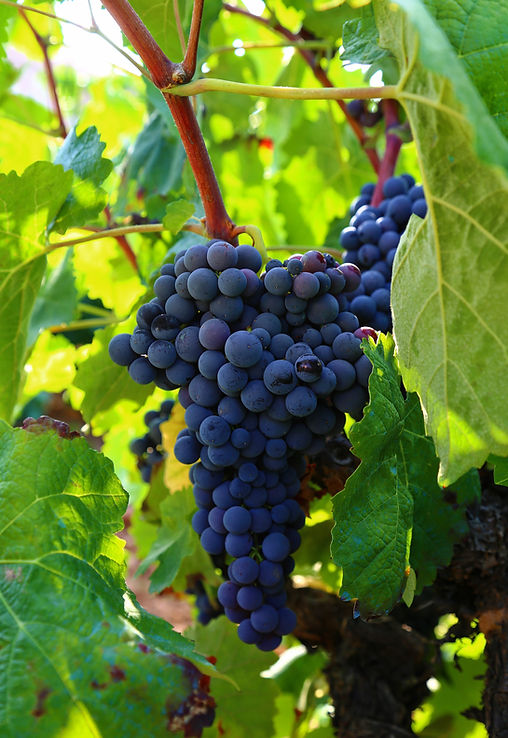Deep ruby-purple color; plum, blackcurrant, blackberry, black cherry; chocolate, coffee, vanilla, oak on the nose and palate.

Dry; ripe, round tannins—as with many tannat offerings, decanting is urged. Good, balancing acidity for a rich red wine (3.65 pH). Uruguay’s vineyards struggle somewhat with rain and humidity. Montes practices a hands-on leaf thinning-canopy management program and limits yield to less than six tons per hectare (2.5 acres). They harvest when the tannat reaches its highest point of polyphenolic maturity. All harvesting is done by hand.
The wine macerates on the skins in controlled temperature for more than 22 days and includes frequent pump overs and délestage (a technique where the fermenting wine beneath the cap is taken to a receiving vessel and the remaining pomace free drains for several hours, then the juice is pumped over the top with a low-pressure pump. The process diffuses tannins, pigments, and polysaccharides. It also can remove a portion of the seeds, which is important with tannat since the grape has five large seeds rather than the two-or-three seeds in other wine grapes.
The higher seed count and thickness of the skins in tannat make the wine rich in antioxidents like resveratrol. It is thus often called the most heart-healthy wine. The skins and seeds also make tannat one of the most tannic wines, although there are techniques, particularly explored in Uruguay, that tone down the tannins.

Gran Tannat undergoes malolactic fermentation, then rests in concrete vats for natural clarification and stabilization. Aging in oak barrels for 18 months follows, followed by aging in bottles. The vineyards are in the Canelones Department of Uruguay, the second-smallest of Uruguay’s 19 departments (the capital city of Montevideo is the smallest), but Canelones is the second-largest in population with more than 520,000 residents. Agriculture—grapevines and maize—is the major economic generator. 14% ABV

Montes Toscanini is run by the fourth generation of a wine-making family with more than a century of experience. It has been the most awarded Uruguay winery for the past 20 years. The Toscanini family emigrated from Italy in the 19th century, settled in the Canelones department, and produced their first wine in 1908. Seventy years later, Margot Toscanini de Montes and her brother acquired the current winery, which includes more than 110 acres a few miles away from the Río de la Plata. Leonardo Montes runs the winery today.
Uruguay is the second-smallest country in South America, ranking 11th, only Suriname is smaller. It, however, ranks fourth in wine making, behind Argentina, Chile, and Brazil. It ranks first in the Americas for democracy, and first in South America in peace, low perception of corruption, and e-government. It ranks second in South America on economic freedom, income equality, and per capita income. It was the first country in the world to fully legalize cannabis. Life expectancy is among the highest in the world. Literacy also is among the highest in the world at more than 98%—a plan initiated in 2006 provides a computer and WiFi internet access to every student in its public schools and a free college education to anyone who wants one.
Montes Toscanini Gran Tannat Premium 2020: Plush red and dark fruits deliver a pleasing, refined tannat. Signature tannat tannins are tasty and well controlled, especially after decanting (which is almost an automatic default with tannat). Pair with rich, fatty meats. Barbecue beef and pork; pot roast; baby back ribs; wild game—venison, boar, wild turkey; pasta dishes with rich sauces; lamb. Cheese—high fat content cheese; double or triple cream camembert, brie, blue cheeses, parmesan, aged cheddar, gouda, roquefort, chaumes. $52
